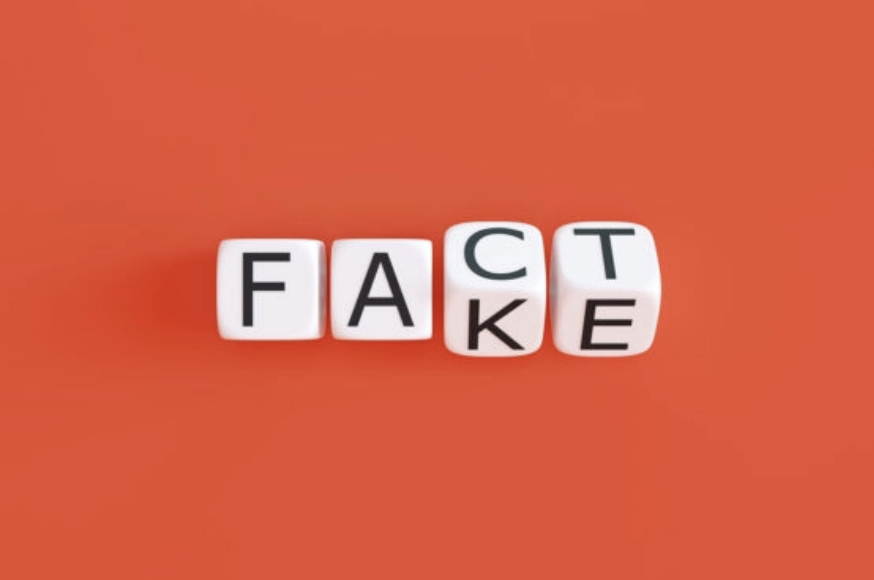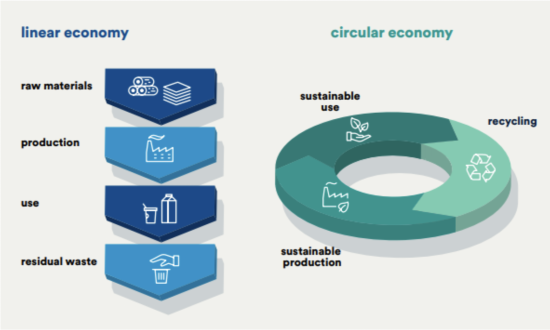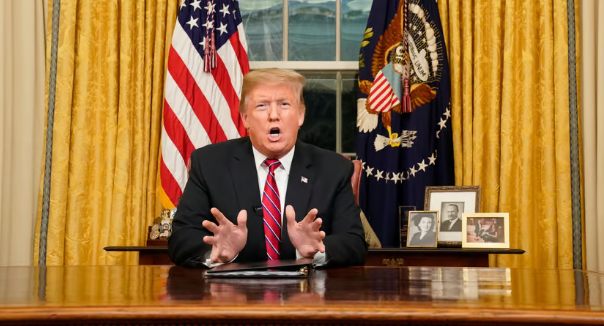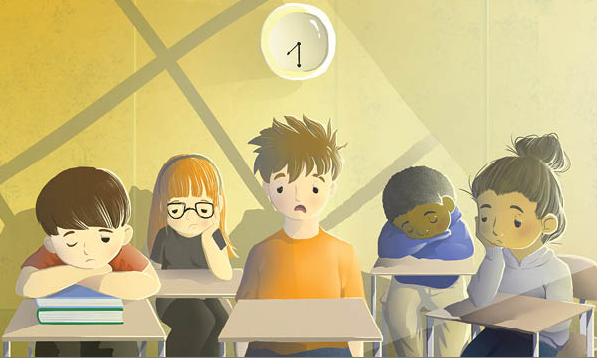With the rise of the internet and arrival of the digital age, misinformation has become not only prevalent but also expected in our media. Misinformation, also known as “fake news,” is inaccurate or misleading information. The word is often also used in contexts of disinformation, which is the purposeful and deliberate spread of false and misleading information. False information and ‘reporting’ has spread not only through social media platforms, which are largely unregulated technologies, but also into our so-called “reputable” news sources. As a result, a large number of the American populace are continually convinced of false and damaging rhetoric. This provokes the question of where the line should be drawn between censorship and regulating misinformation.
Regulation of misinformation has been frequently brought up in recent years, but many concerns have been raised about censorship or violations of the First Amendment, such as freedom of speech and freedom of the press. These worries are partially correct. According to the US Congressional Research Service, the Supreme Court states that false speech as a broad category is protected under the Free Speech Clause. Although, there are exceptions to these protections. The government has some power to regulate false information in cases of defamation, fraud, political advertisements, and broadcast speech. However, these regulations are vague and currently seem to work on a case by case basis. Ultimately, the Supreme Court has recognized that prohibiting false speech may indirectly hinder more valuable speech and cause people to self-censor out of fear of breaking the law. That said, the First Amendment only protects citizens from government censorship and not corporate censorship; therefore, constitutional “free speech” does not apply to social media platforms, leaving them mostly unregulated and prone to showing hate speech and false information to the general public. This is why many encourage the platforms to become stricter in the monitoring and restriction of content.
Mis- and disinformation on social media platforms are exceedingly dangerous, not only for adults, but also for the younger generations. Teens and children are immensely susceptible to disinformation, and can be easily manipulated by content spread through social media. Because of this, many companies and groups even target their content to younger age groups. Recently, people have noticed an increase in hate speech, discrimination, and dangerous conspiracy theories posted on social media apps, such as Instagram, by young people. Many companies that are responsible for creating social media apps and electronic devices have urged parents to use the parental control features given to them.
US political parties are as divided as ever, and as the presidential election approaches, we are already seeing an increasing amount of misinformation presented by news sources and on social media. In addition to political division in past elections, we have seen lies and conspiracy theories being spread by newscasters, politicians, and regular citizens. While historically people relied on journalism to present factual and unbiased information, it has become more evident during this current unregulated media era that what is reported as fact is not always factual, and it is the responsibility of individuals to educate themselves through various sources.
The presence of false information in our mainstream media and televised news sources is concerning and can potentially skew the concept of journalism as a whole. Have we lost journalistic integrity as a result of this development? Anyone can pick up a phone or a computer and pretend to be conveying ‘news,’ while reporting information that is completely false. That said, a true journalist presenting factual information will often verify their information from multiple sources. Given our current media environment, each citizen is required to be individually responsible for their own intake of information, and each journalist must earn the trust of citizens by publishing responsibly.













